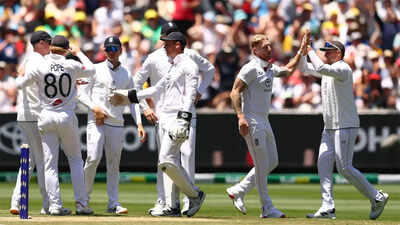On World Stroke Day 2024experts underscore the critical role of rehabilitation centers for stroke survivors. These centres provide structured environments and advanced therapies often lacking in home care.
HCAH survey findings show:
- Only 40% of people surveyed could identify key stroke symptoms before hospitalization
- 92% of patients in inpatient rehabilitation recovered within three months
- 70% of outpatient rehabilitation patients, recovering at home, had recovery times longer than four months
These findings emphasize the need for prompt medical intervention and comprehensive rehab care, it stated.
“Structured rehabilitation environments play a crucial role in the effective recovery of stroke survivors. These centers provide a comprehensive approach that includes not only physical therapy but also essential emotional and psychological support, which are critical components of a full recovery. In a rehab center, patients benefit from a multidisciplinary team of professionals who guide them through each stage of recovery with specialized equipment and techniques. This holistic approach is often lacking in home settings, where the absence of specialized equipment and professional guidance can significantly impede progress and extend recovery times,” Dr. Sudheer Kr. Tyagi, Head of Department (HOD) – Neurology, Indraprastha Apollo Hospital, New Delhi said.
Meanwhile, Dr. Praveen Gupta, Principal Director & Chief of Neurology, Fortis Hospital, Gurgaon, highlighted that creating personalized care plans in agreement with patients and their families ensures that each stroke survivor receives treatment tailored to their specific needs.
“A comprehensive approach should include cognitive therapy, sensory rehabilitation, recreational therapy, and more. These therapies are crucial not only for physical recovery but also for supporting emotional well-being, helping individuals return to normal life and preventing secondary strokes. The ability to develop personalized recovery plans tailored to each individual’s needs, combined with access to advanced therapies, greatly enhances both the speed and quality of recovery. Such a level of comprehensive care is rarely achievable at home, where resources and expertise may be limited. Therefore, it is imperative to expand access to these specialized services to ensure more stroke survivors can benefit from the high-quality care that can transform their recovery experience,” Dr. Gupta said.
Additionally, Dr. Gaurav Thukral, Co-Founder & COO of HCAH highlighted that our stroke rehabilitation approach integrates Physical Medicine and Rehabilitation (PMR) specialists, alongside a team of experts and advanced equipment, to significantly reduce recovery time from paralysis.
“By creating personalized care plans in agreement with patients and their families, we ensure each stroke survivor receives care tailored to their needs. Our comprehensive approach includes cognitive therapy, sensory rehab, recreational rehab, and more. Our goal is to help individuals return to normal life, prevent secondary strokes, and address both physical and emotional recovery,” he said.
According to a report by NCBI, stroke ranks as the third leading cause of death and the sixth leading cause of disability in India. Public health initiatives focused on reducing risk factors like high blood pressure, diabetes, obesity, tobacco use, and air pollution are essential to decreasing stroke occurrences. The day also highlights the urgent need for improved rehab strategies to support the increasing number of stroke survivors.
Research by Johns Hopkins Medicine, USA indicates that 9 out of 10 stroke survivors experience paralysis, often considered permanent. However, starting rehabilitation within the first 90 days, known as the “Golden Period” is crucial. During this time, the brain’s neuroplasticity is at its peak, making it an optimal period for skill recovery and adaptation. This underscores the importance of timely and well-structured rehabilitation efforts.
Experts call for improved monitoring systems, community-based programs, and continued research into stroke trends. These efforts are crucial for shaping better healthcare policies and ensuring resources are used effectively to address this growing health issue.










